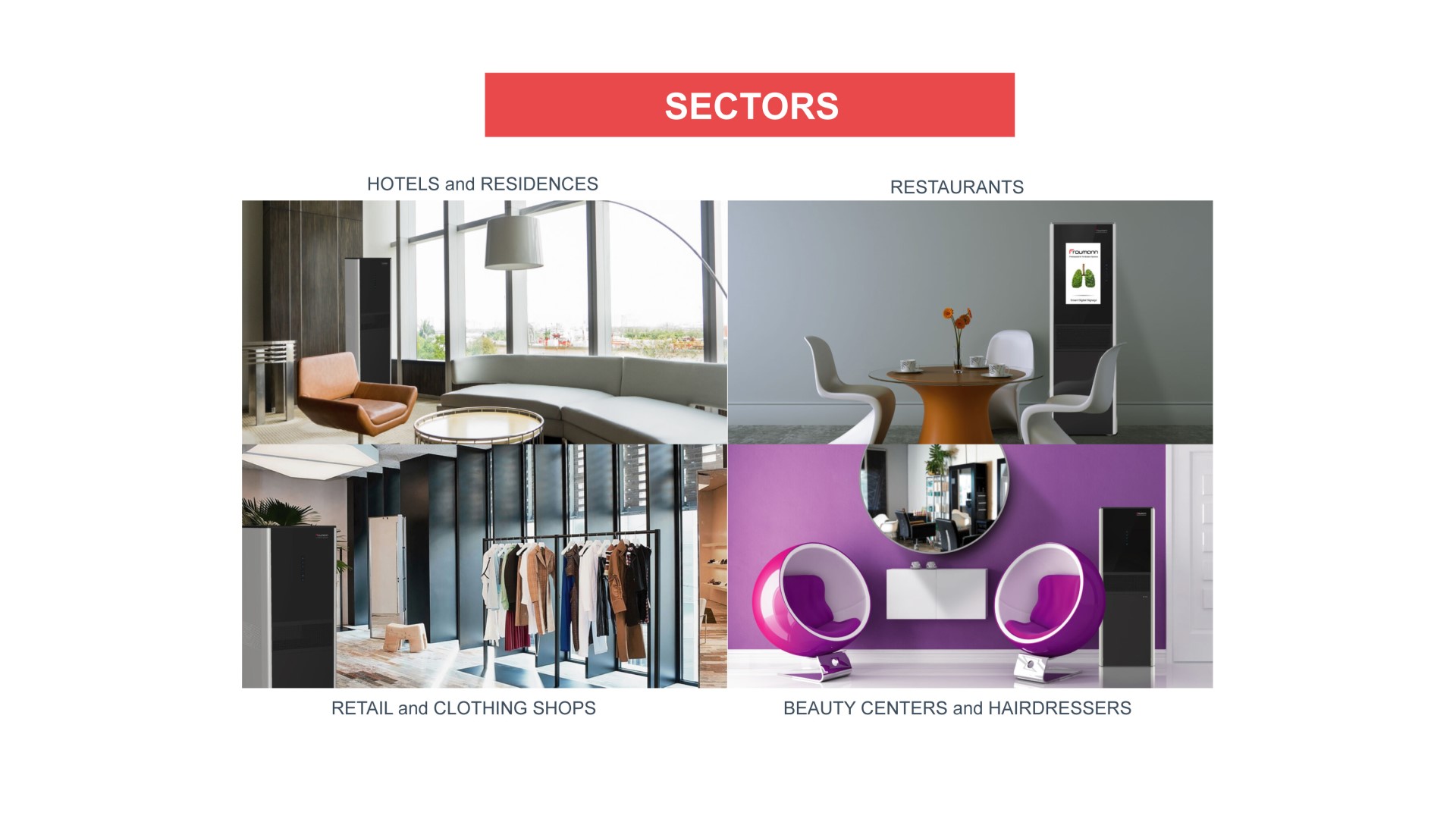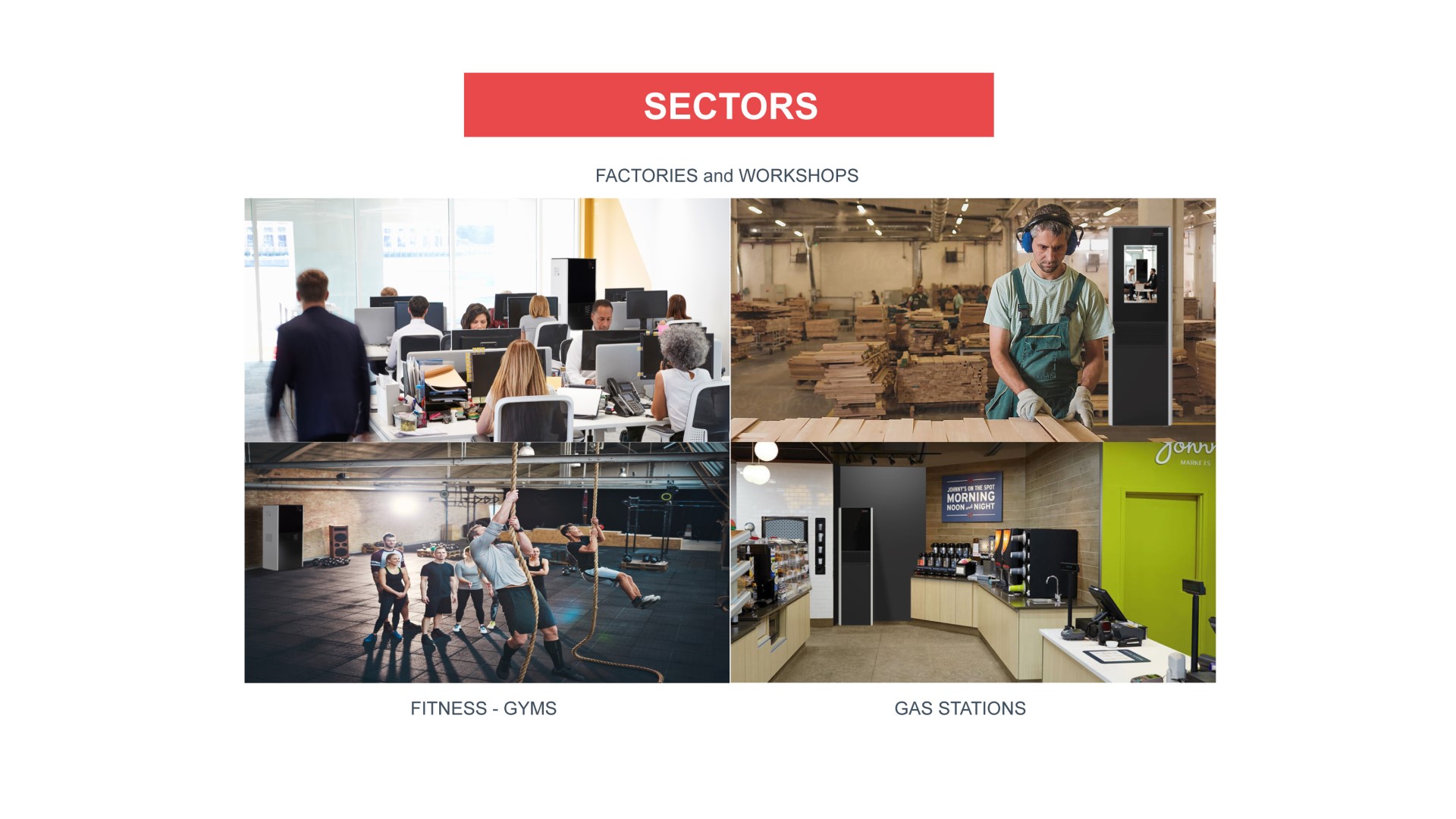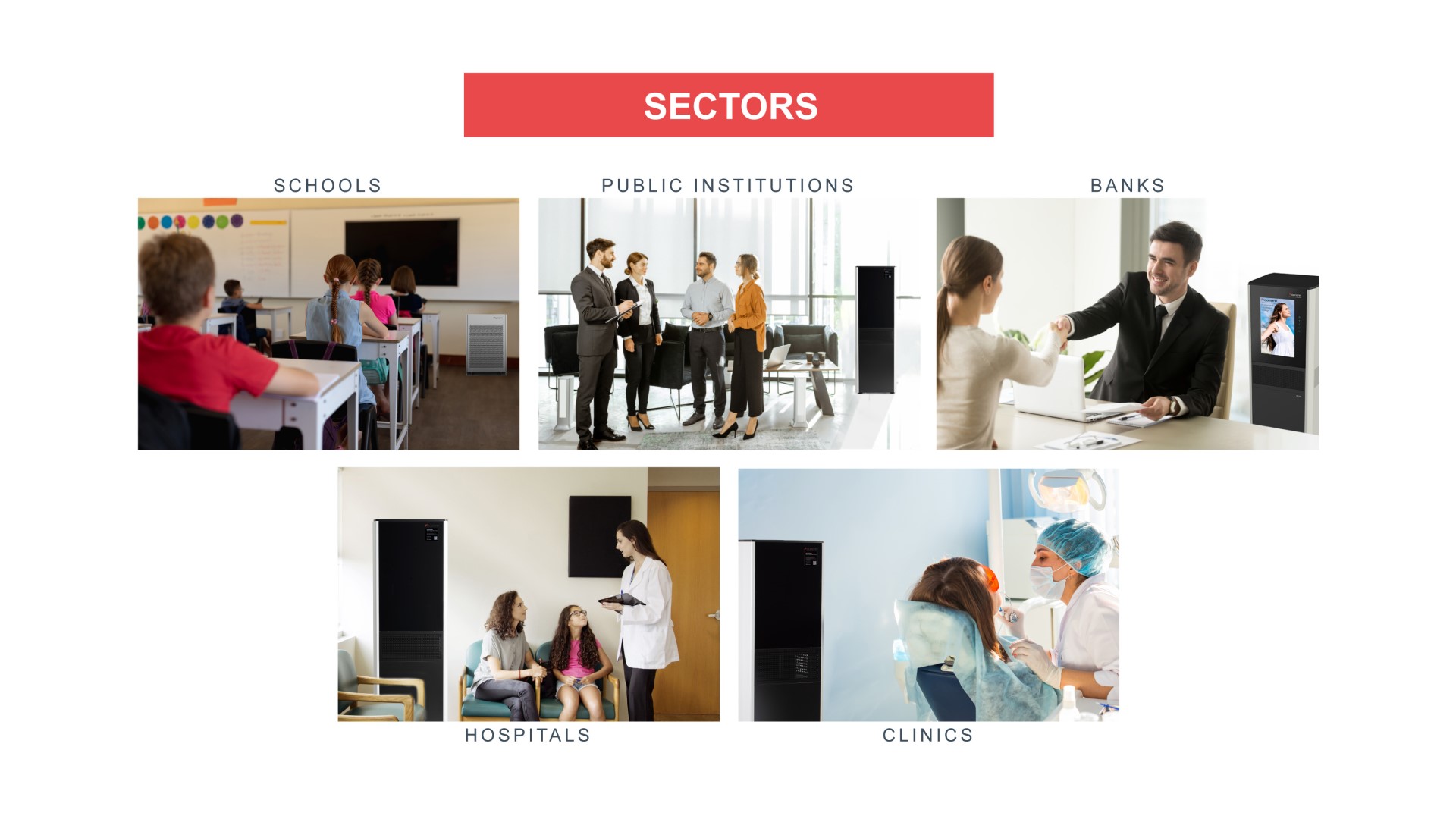SECTORS A
Indoor air quality generally decreases due to internal and external pollution factors where it becomes dangerous to breathe it. Sources of open-air pollution may include busy streets, bus terminals, parking lots adjacent to buildings, train stations, airports, manufacturing, industry, farmlands, and more. Air conditioning systems that are not maintained, office and construction materials, copiers, and laser printers turn into pollutants in particle and gas form in indoor spaces.
Sick Building Syndrome (SBS) is frequently heard in relation to pollution. The US Environmental Protection Agency defines this syndrome as “acute health symptoms that appear to be linked to occupants’ time spent in a building”. A particular disease is often undetectable in people with this syndrome.













